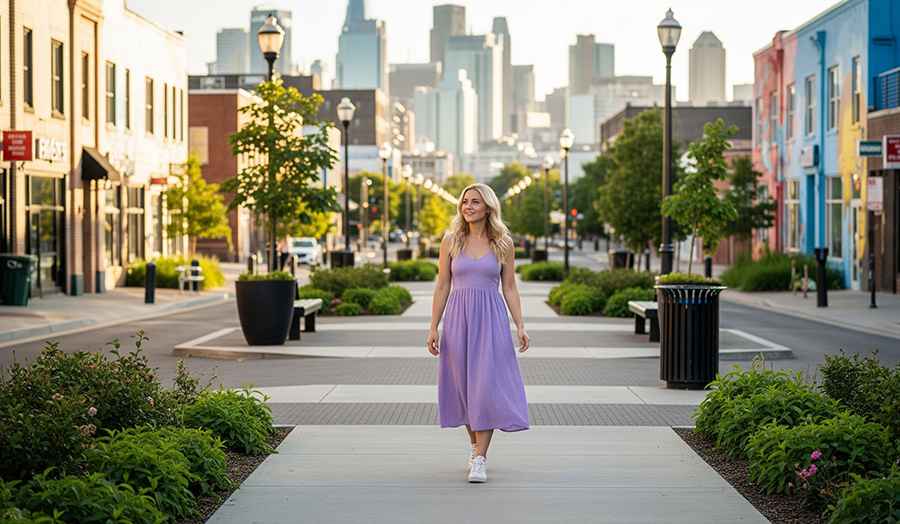What Can Cities do to Make Roads Safer for Pedestrians?
Traffic fatalities have generally declined in recent years, with many cities investing in bike lanes, shared-use paths, and adopting Vision Zero infrastructure policies aimed at reducing traffic injuries and deaths. Yet despite these promising steps, pedestrian fatalities continue to rise. In some areas, they’ve increased slightly, while in others, the numbers have doubled. According to the National Highway Traffic Safety Administration (NHTSA), pedestrian deaths in the U.S. increased by 35% in 2018 compared to previous years—a trend that began in the mid-2000s. While cities have made progress in reducing cyclist and driver fatalities, pedestrian deaths remain a stubborn challenge. So, what strategies can effectively protect people walking in urban environments?

Separation: Keeping Pedestrians and Cars Apart
One of the clearest solutions is physical separation between pedestrians and motor vehicles. This approach has already shown success in cycling infrastructure. Cities implementing Vision Zero initiatives—aimed at eliminating traffic deaths entirely—have seen meaningful reductions in cyclist injuries where dedicated infrastructure exists. For example, in New York City, intersections that received safety upgrades between 2009 and 2016 saw a 34% drop in cyclist fatalities, significantly better than the 3% reduction at non-upgraded intersections. These outcomes underscore how crucial separation is, and the same logic can be applied to pedestrian safety.
Creating Separation for Pedestrians
The challenge lies in how to achieve this separation for people on foot. While protected bike lanes with physical barriers are now common, carving out exclusive pedestrian lanes alongside roadways isn't always practical. Instead, cities can explore solutions such as walking paths, pedestrian-only zones, overpasses, underpasses, and better-designed neighborhoods where foot traffic is prioritized. These approaches may not eliminate all risk, but they help reduce conflict between pedestrians and motor vehicles.
Building Walkable Infrastructure
Walkability plays a key role in pedestrian safety. A joint study from Smart Growth America and the National Complete Streets Coalition found that communities with built-in walkability tend to experience fewer pedestrian deaths. Philadelphia, for instance, ranks as one of the most walkable cities in the U.S. with a Walkability Score of 79. This is largely due to neighborhoods where essentials—grocery stores, transit stops, schools, and public services—are within walking distance. Additionally, access to bus and rail lines, along with pedestrian- and cyclist-friendly design, make these areas safer and more appealing for non-drivers. The city is also working to improve safety around construction zones, showing a proactive commitment to pedestrian well-being.
Reducing Speeding
Total separation between cars and pedestrians isn’t always possible. Streets will continue to serve as shared corridors in many parts of cities. One of the biggest threats in these shared spaces is speeding. When vehicles move too fast, they’re less likely to see pedestrians and have less time to react even if they do. Numerous studies have found that higher vehicle speeds directly correlate with more severe outcomes in pedestrian crashes.
Slowing Down Cars
To reduce pedestrian deaths where separation isn’t feasible, cities can implement traffic calming measures. Speed bumps, narrower lanes, raised crosswalks, and better signage can help slow down vehicles in pedestrian-heavy areas. Urban planning that encourages walkability—where services and entertainment are within easy reach—also encourages more foot traffic. The result is more visible pedestrians, reduced vehicle speeds, and often, fewer cars on the road overall.